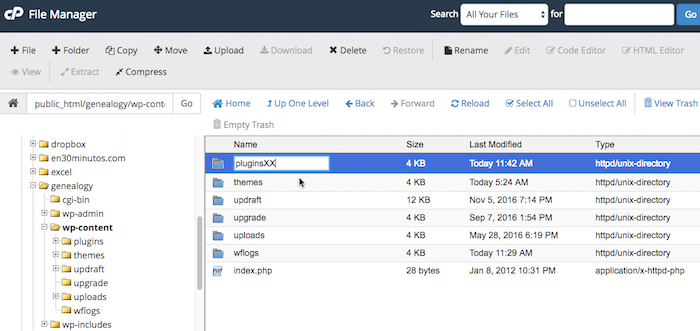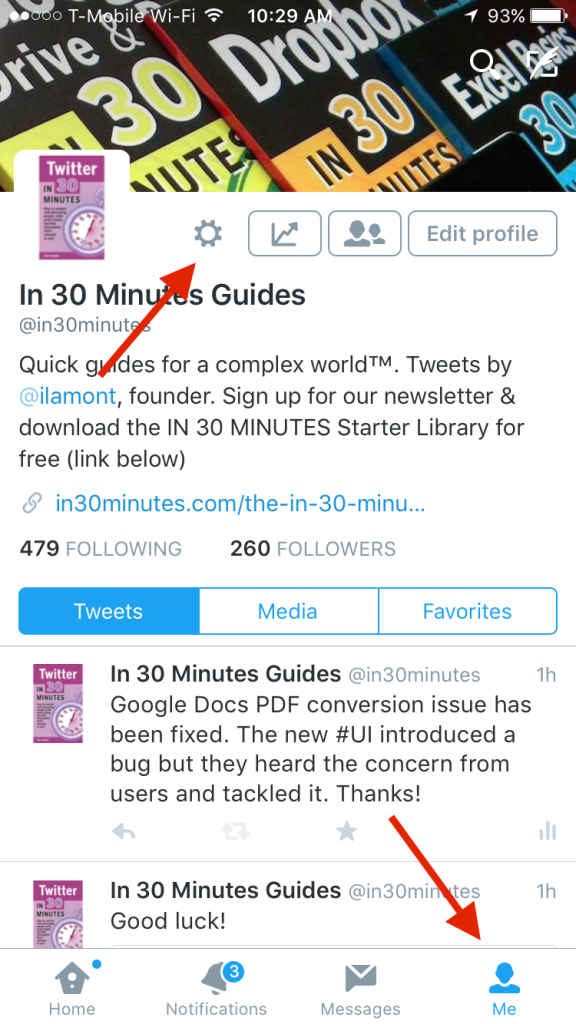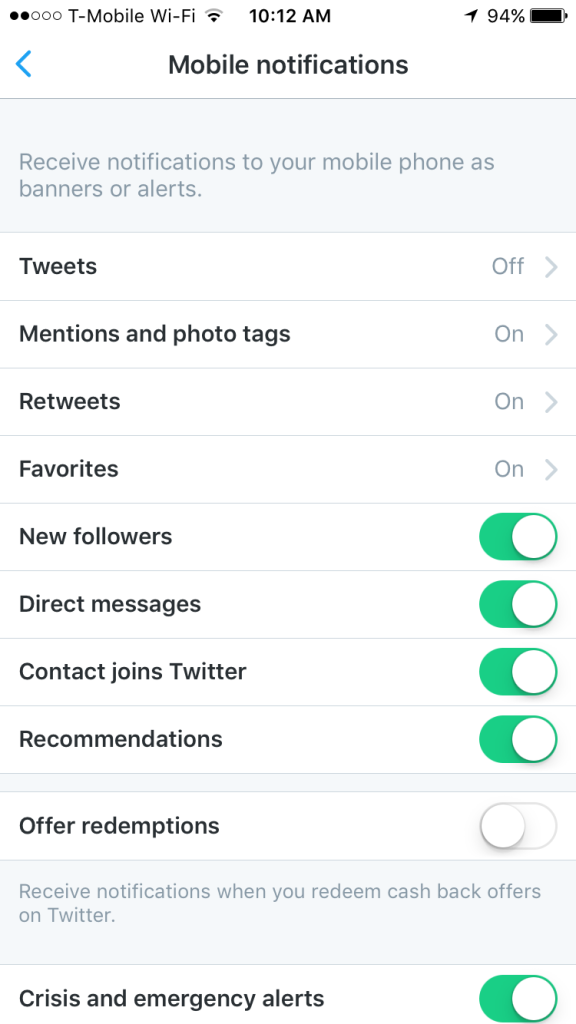I recently received an email from a self-published author who wanted to know whether he should get a distributor or agent for his book. He had printed up 1,000 copies using a China-based printer, and wanted to know how he could get them into stores or noticed by an agent.
My answer: Getting distributors for printed books is extremely difficult … and probably not worth it. In-store retail paperback sales are falling While print sales have shown signs of life, margins are thin, there has been a lot of consolidation in the industry (or outright closures), and the distributors who remain are extremely picky about who they sign.
I tried for more than a year to get a distributor for In 30 Minutes guides on the terms that I wanted. The terms were key, as our guides are already very inexpensive. Selling the books at a wholesale rate (typically a 55% discount off the cover price) and giving the distributor a cut would lead to a gross profit of just a dollar or two per copy. Moreover, print distributors demand control (and a cut) over ebook distribution even though they add practically no value to this side of the business. Finally, distributors require publishers to adhere to their sales and marketing playbooks. That might be OK for some publishers, but not for i30 Media — in fact it would add significant delays and expenses to our production and marketing processes.
I ended up abandoning the effort to find a distributor. I now handle wholesale and direct distribution on my own through Createspace, Ingram, Baker & Taylor, and a short-run digital printer. While it’s true I am missing out on some brick-and-mortar retail sales, it works a lot better for my business — I have more control over my product, keep more money from sales (gross profit is 2x-3x more than what it would be through a distributor), and if retailers want to order the book they can do so through Ingram iPage or contact i30 Media directly through our contact form.
What about agents for self-published books?
As for the question about agents, my response was similar. Reputable ones will want to see evidence of very strong sales on Amazon before talking with a self-published author. And frankly, if your self-published books already has good sales on Amazon, why would you need an agent or a publisher? It’s questionable whether the traditional agent/publisher approach can improve sales for most authors. Even if an agent scores an advance, it won’t be much, and they will end up taking more money from both retail and online sales, leaving just a small cut for the author. Many readers of this post may be surprised to learn that big publishers seldom market books by new authors.
The questions about distributors, agents, and publishers come up a lot. Many people who are new to publishing assume that these players from the 20th-century publishing world are something to aspire to, or are required for success. The reality is it is possible to publish and profit in the 21st-century industry without going through agents, distributors, or big-name publishers in New York. Yes, it requires more investment on the author’s part to edit a manuscript, find a professional cover design, and market the book, but it is doable.
As for the author who contacted me, it turns out that he had self-published a cookbook. I told him that for a book like this, it will be either local bookstores in the community or special venues that will provide the best opportunities to sell cookbooks. Special venues could be a farmer’s market, a community or school fair, or flea markets. At IBPA’s Publishing University conference last year, I heard a presentation by poet/author Kwame Alexander who said that he was able to sell thousands of copies of one of his books at farmer’s markets, based on his wife’s suggestion — and he wasn’t even trying to sell a cookbook, which would be an even better match for people buying fresh ingredients.
Another option: volunteering to speak about the dishes or giving a cooking class … and then marketing the book to attendees.
As for online efforts, I would try the following:
- Create a website for the book with links to Amazon or other options to buy
- Create some simple videos on YouTube with a link to the book website.

 Immediately the front page and login page on the genealogy site changed as various visual plugins and security features (such as captcha) were disabled as the plugins were now turned off. But at least I could finally log into WordPress!
Immediately the front page and login page on the genealogy site changed as various visual plugins and security features (such as captcha) were disabled as the plugins were now turned off. But at least I could finally log into WordPress!


